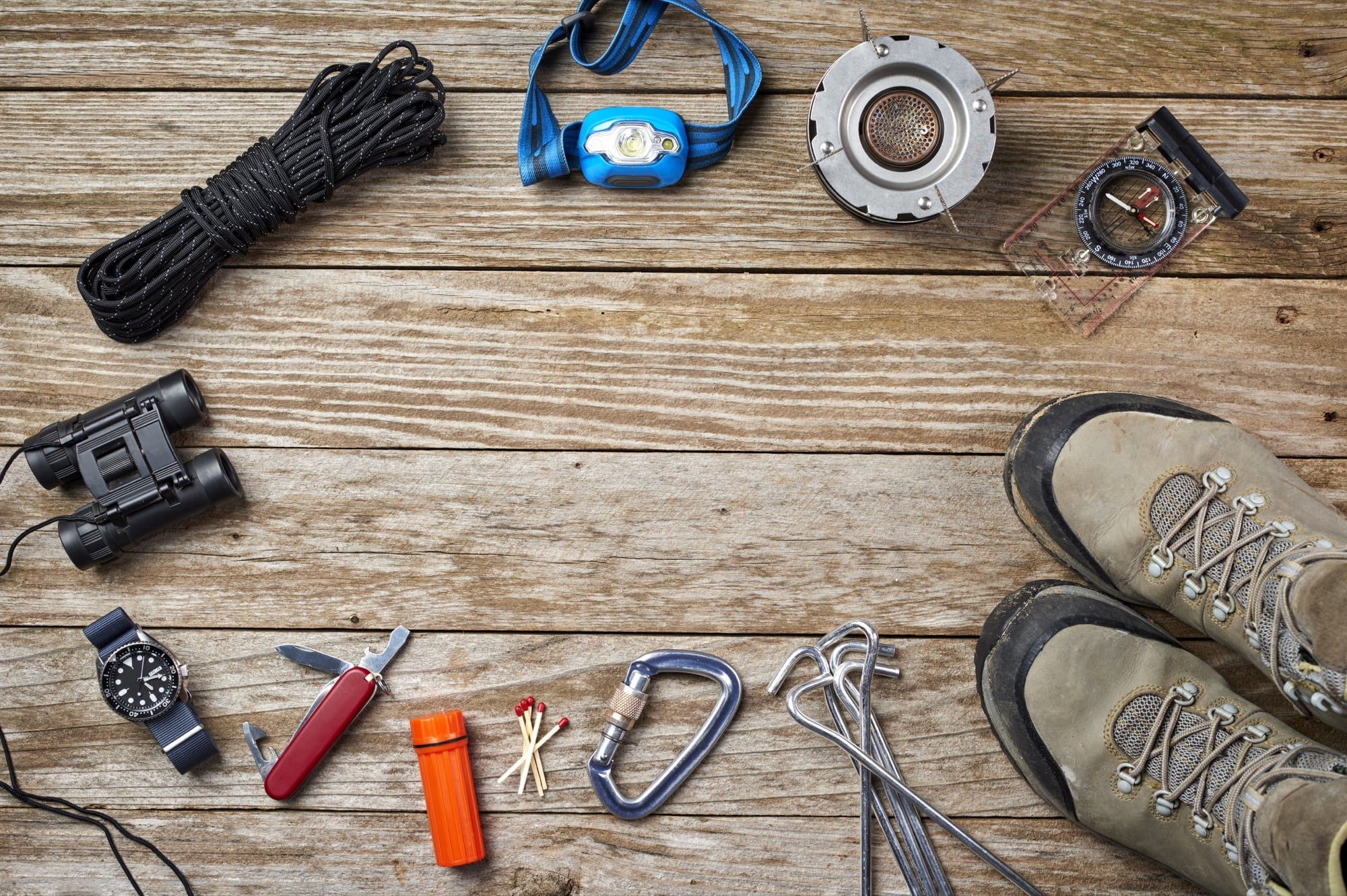 Much of North America has been relentlessly tormented by sweltering temperatures this spring and summer, leaving us waiting expectantly for the shift in the winds that brings crisp autumn mornings and the smell of wood burning in the air, maybe even a few snowflakes — anything other than this persistent heat, right? Well, fall is definitely around the corner, but we likely haven’t seen the end of the summer sun, so it’s never too late to brush up on your heat-busting techniques in the great outdoors. Heat stroke can set in before you even begin to display symptoms, so it’s important to take a preventative angle when it comes to handling the heat, rather than attempting to treat it later.
Much of North America has been relentlessly tormented by sweltering temperatures this spring and summer, leaving us waiting expectantly for the shift in the winds that brings crisp autumn mornings and the smell of wood burning in the air, maybe even a few snowflakes — anything other than this persistent heat, right? Well, fall is definitely around the corner, but we likely haven’t seen the end of the summer sun, so it’s never too late to brush up on your heat-busting techniques in the great outdoors. Heat stroke can set in before you even begin to display symptoms, so it’s important to take a preventative angle when it comes to handling the heat, rather than attempting to treat it later.
Hydrate
This should go without saying, but we can’t stress it enough. It is very easy to get caught up in whatever you’re doing throughout the day and forget to continuously hydrate yourself. Fitness and health experts recommend 64 oz of water per day just to replenish the fluids you use throughout the day, without expending a normal amount of energy. Even if you’re just sitting outside on a hot day, you will need to consume either more water than normal, or consume it at a quicker rate, as you will be constantly losing hydration through perspiration. Add a strenuous hike, climb, bike ride, or other physically demanding activity to the equation, and your fluid loss will increase dramatically. Always take a water container of some sort on every outdoor excursion, and bring an adequate supply, including backups in your vehicle.
Get Wet
 One of the simplest ways to stay cool in the outdoors when you know it’s going to be a scorcher is to soak your hat, tshirt, shorts, or a bandana in cold water before you set out. The wet material next to your skin coupled with the breeze will keep you cool for much longer than just a quick surface spray. If headwear isn’t for you (although it is incredibly wise under the sun), just soak your entire head. Of course, everything wet will eventually dry, but the initial cooling will help to keep your core temperature out of the danger zone for heat stroke.
One of the simplest ways to stay cool in the outdoors when you know it’s going to be a scorcher is to soak your hat, tshirt, shorts, or a bandana in cold water before you set out. The wet material next to your skin coupled with the breeze will keep you cool for much longer than just a quick surface spray. If headwear isn’t for you (although it is incredibly wise under the sun), just soak your entire head. Of course, everything wet will eventually dry, but the initial cooling will help to keep your core temperature out of the danger zone for heat stroke.
Cotton is King
Synthetic materials are going to do you no favors in the heat of the outdoors. Because heat makes you perspire, you’ll benefit the most from wearing cotton or other natural fibers that allow air circulation through to your skin and back out, perpetuating the cooling cycle. Man-made fibers can trap heat inside, which can raise your core temperature, and they aren’t generally conducive to moisture absorption, which means you’ll keep sweating without feeling any relief — just imagine trying to clean up a water spill with a plastic bag instead of a paper towel!
Images via NASA Goddard Photo and Video, SuperFantastic




